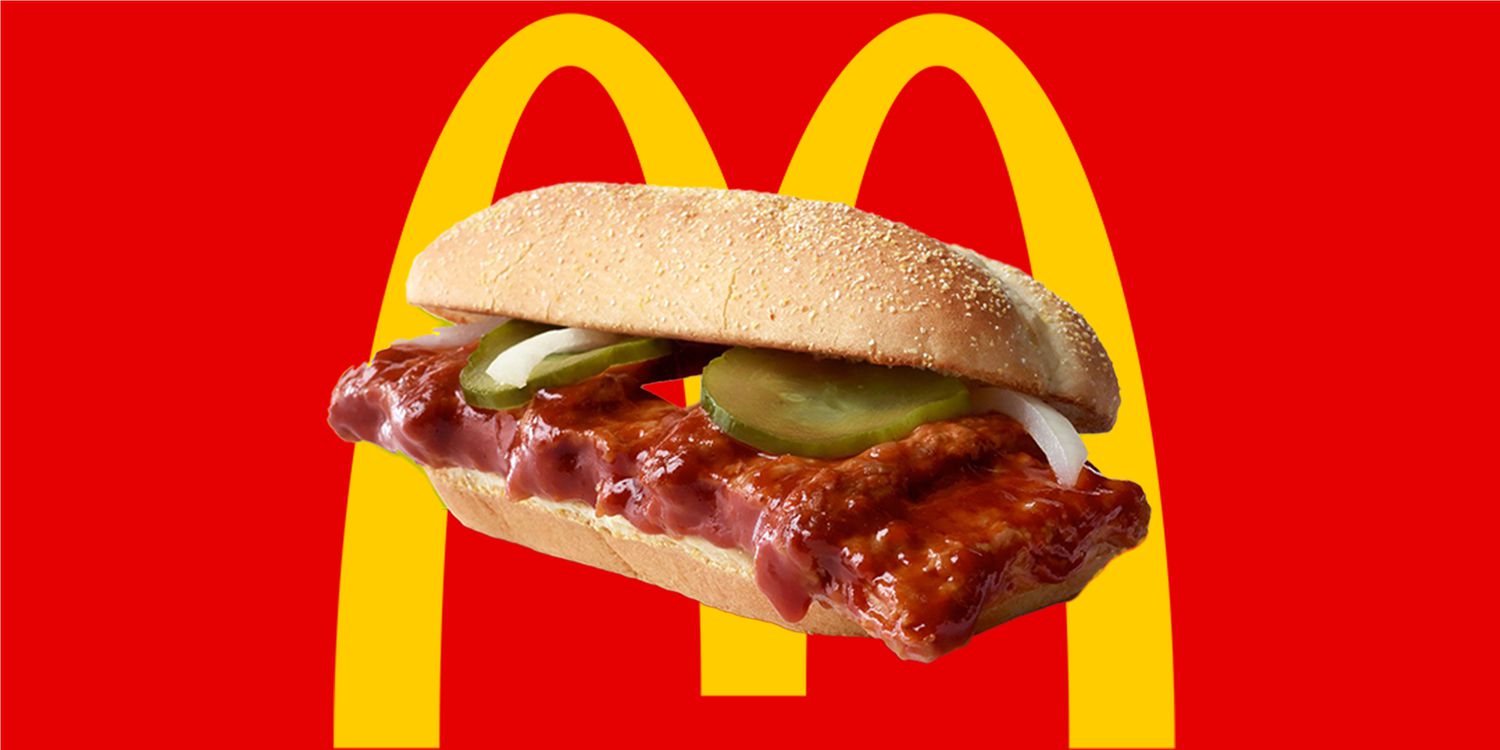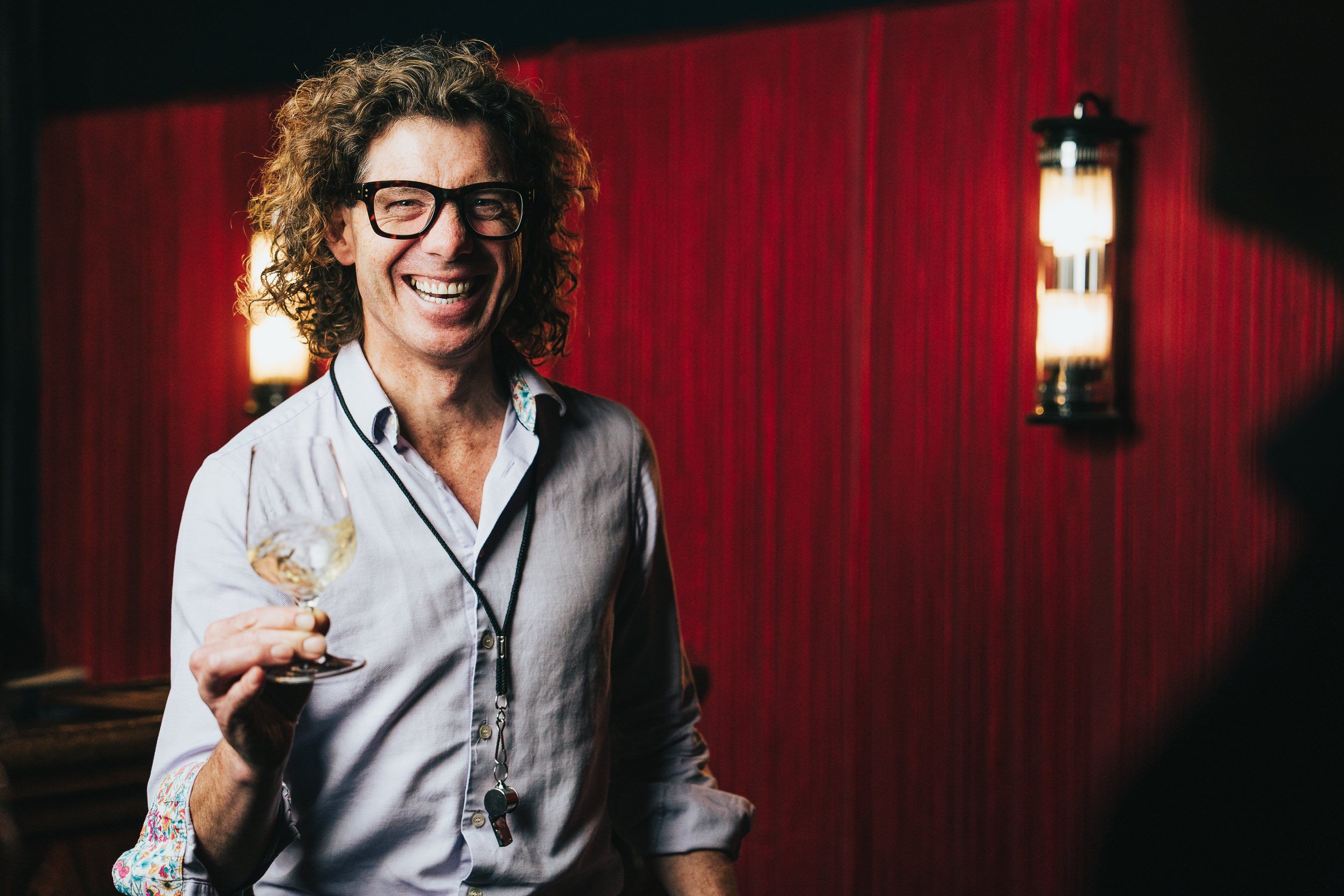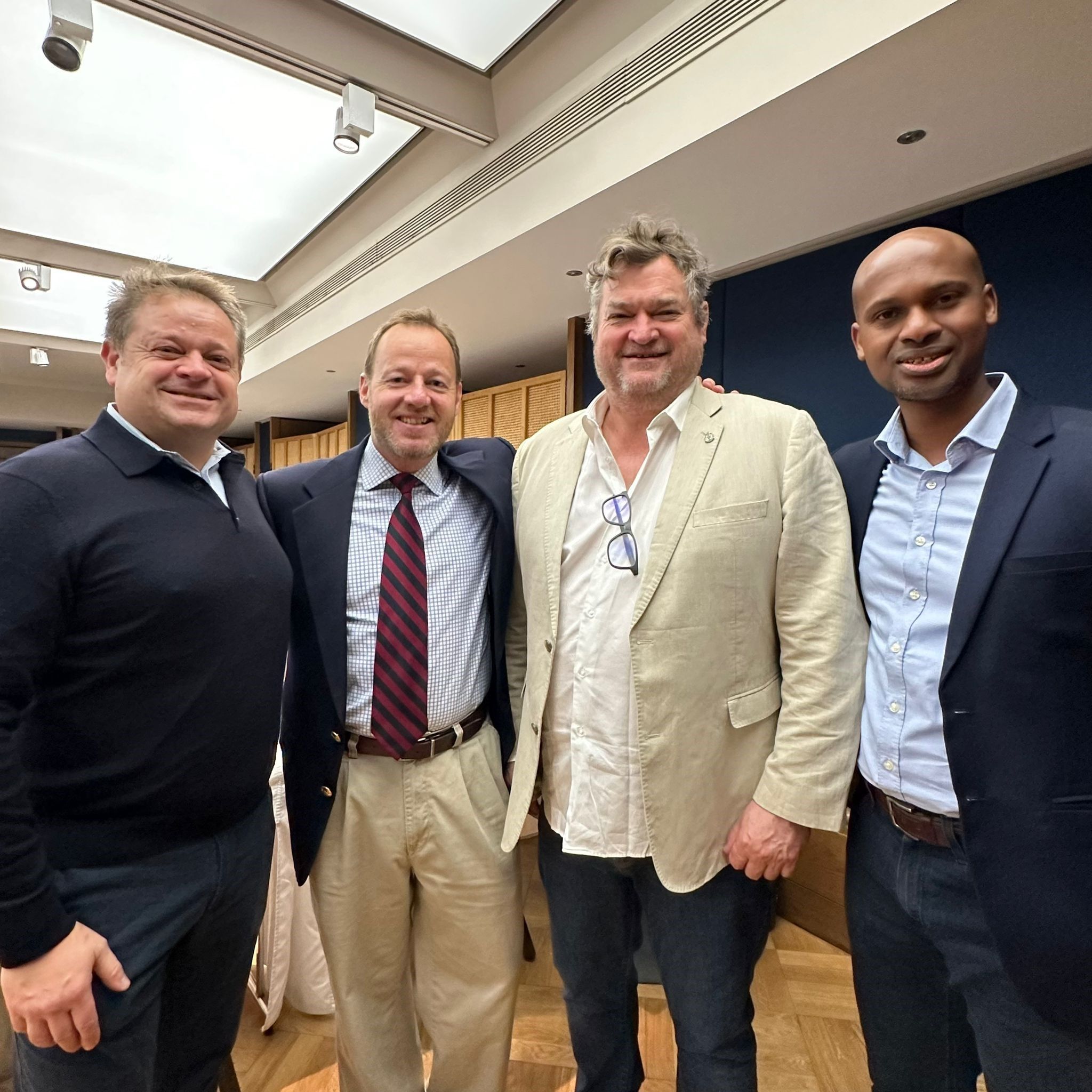“The wine has immense concentration and a beautifully integrated but firm acidity,” writes Krebiehl on tasting the Dom Pérignon 2010.
Deprived by our new virtual reality of the scene-setting that usually accompanies a Dom Pérignon launch – like a chic location, recherché décor and well-coordinated messaging, LVMH’s flagship luxury brand was refreshingly down-to-earth for the launch of Dom Pérignon Vintage 2010.
For a write-up of the new 2012 vintage click here.
Yes, the marketing copy was a bit overblown, hailing 2010 as “a bold wager, the fruit of an unwavering commitment to expressing nature, coupled with the freedom that makes audacious endeavours possible…” and so was the promotional video that was played to open the virtual launch on Zoom: A male voiceover assumed the personality of the wine itself to recount: “I will bear witness whenever. I am this eternal quest, relentless, refined, but never over, I am this emotion, this vibration, this inspiration, I am and always will be Dom Pérignon.”
But once that was over, we found chef de cave Vincent Chaperon sitting at a long refectory table at the Abbey of Hautvillers, sun streaming through the windows, to talk us through this new wine. He noted that he was in just the right place for the job, right where “the soul of Champagne mystery” resides.
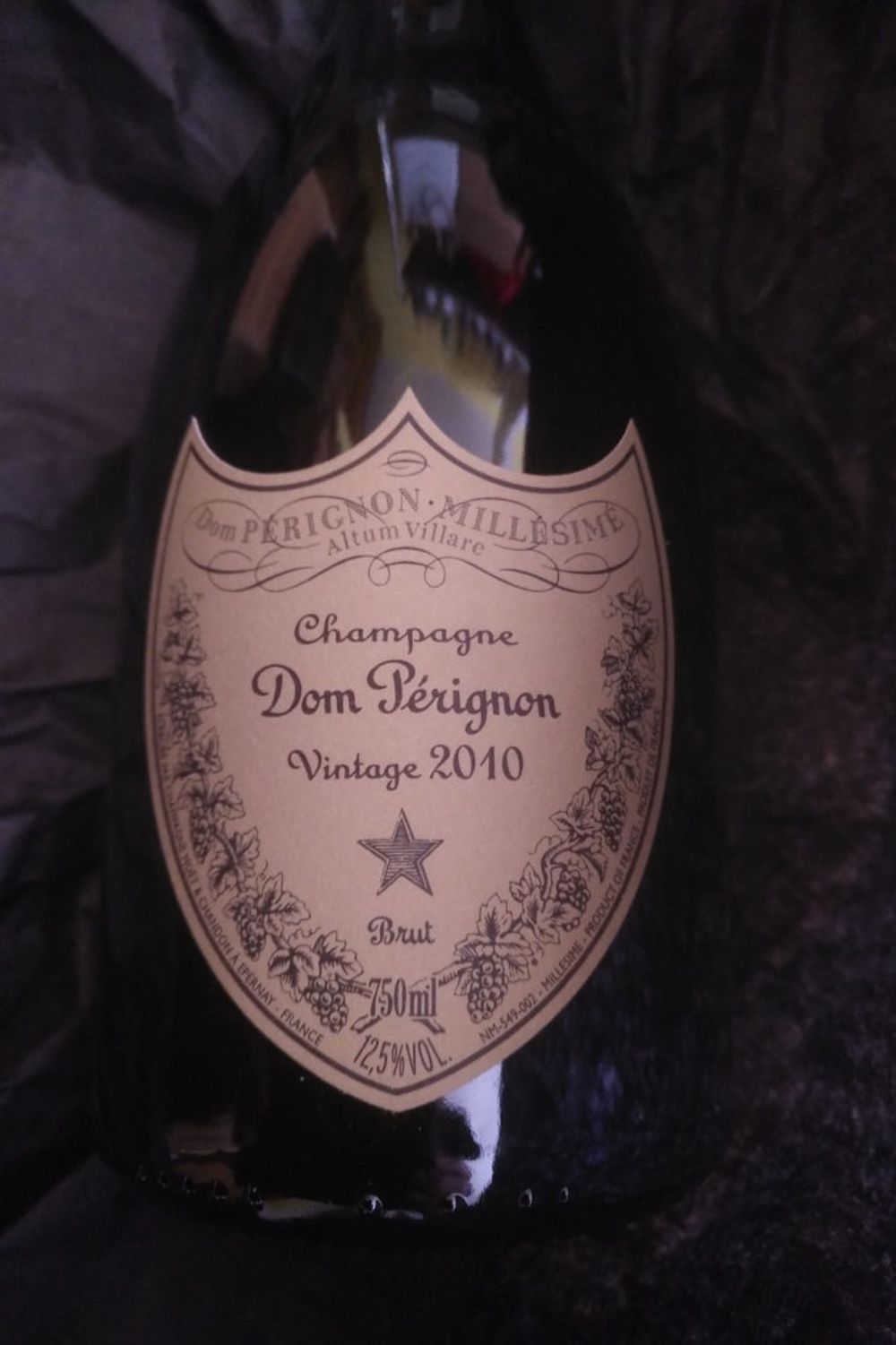
Chaperon first recounted the 2010 vintage, noting that after numerous mild winters, 2010 had followed the coldest winter since 1996. He then emphasised the warmth of July and August that came with rain. The combination of humidity and heat is rightly feared in vineyards, but Chaperon turned this on its head by noting that “this phase really allowed us to have the perfect condition for the vines to nourish the grapes of Pinot Noir and Chardonnay,” leading to a “dynamic maturation” which is one of 2010’s characteristics.
This, of course, translates into rapid ripening under huge disease pressure. Chaperon then noted the change of moon phases in early September which also brought a change of weather; a steady, dry, cool, “Indian summer where the days are sunny with fantastic light with 19-20°C (but no more) and cool nights. So really perfect conditions to pick.” To Chaperon the progress of the year afforded “great potential of concentration of maturity in 2010.”
However, 2010 was not an easy year at all – acknowledged fully by the three ominous attributes stated in the marketing copy: “harsh, contrasted, perilous.”
Chaperon said: “Most of you know that there were not many 2010 vintages declared [in Champagne], so why in those perfect conditions did nobody declare it, why is it a kind of forgotten year? It was an episode in the month of August, the 15thand 16th, when we had the equivalent of two months of rain, torrential rain. This amount of water really changed the psychology… with this weather came the potential risk of botrytis.”
Chaperon noted that the rot did not appear right away but much closer to harvest. “I think people were not prepared to adapt their strategy,” he noted, elegantly skirting over the fact that not everyone has the ready resources that LVMH can and must lavish on its flagship. “We, on the other hand, were able to make 2010; we understood that there was a very dynamic development of botrytis, so we had to make a very drastic decision.”
Chaperon recalled how intensely the vineyards were observed to track the development of rot, he remembered his “intuition” when tasting fruit in the vineyards and recalls heeding the warnings of friends in south-west France who had seen botrytis ravage their fruit. Chaperon said that two important decisions were made: the first was to make a “very precise cartography of the dynamic and the evolution” of 700-800 different plots which then enabled the team to make a second and drastic decision.

Making a drastic decision: Richard Geoffroy (r) and his successor Vincent Chaperon
“We understood that we would not be able to pick the Pinot Noir at the right level of ripeness in the right hygienic condition. We decided to put 20% of Pinot Noir plots aside, and pick them three weeks later, accepting that we would lose the majority of the grapes to botrytis. Taking this courageous decision allowed us to focus all out resources to be at the right moment in the right place for a good level of maturity at the right level of hygiene. This way we saved the vintage,” he said, speaking of “contamination” in vineyards that must have been heart-breaking.
With a much reduced Pinot Noir harvest, the strategy nonetheless yielded outstanding results: both Chardonnay and Pinot Noir reached the “third-highest sugar content of the last decade, very close to 2002 and 2003” and higher than the notably ripe years 2005, 2006, 2009. “Even more surprisingly,” Chaperon continued, “the Pinot Noir and Chardonnay grapes had the second highest level of acidity of the past decade, just after 2008. So the fruit we picked had a fantastic balance of richness on one hand and freshness on the other hand.” The wine bears this out with its immense concentration and a beautifully integrated but firm acidity.
To describe Dom Pérignon 2010, Chaperon focused on two facets of the wine: “The first facet is the generosity. When I first smelled this wine after disgorging a year ago, there was a generous fruitiness, tropical fruit, but also very rich and generous stone fruit. This fruitiness is completed by this amplitude, this volume on the attack. I am sure you feel, the wine is really embracing, is very ample, the first facet is really charming. This is open, charming and generous at this stage of its life. The second facet, appears later in the tasting on the mid- and the back-palate. The wine becomes firmer, we start to feel the tension and the backbone, the phenolics, on the back palate, the finish is unexpected and unique, the finish has a kind of sapidity, a kind of saline dimension, a kind of savoury sensation.”
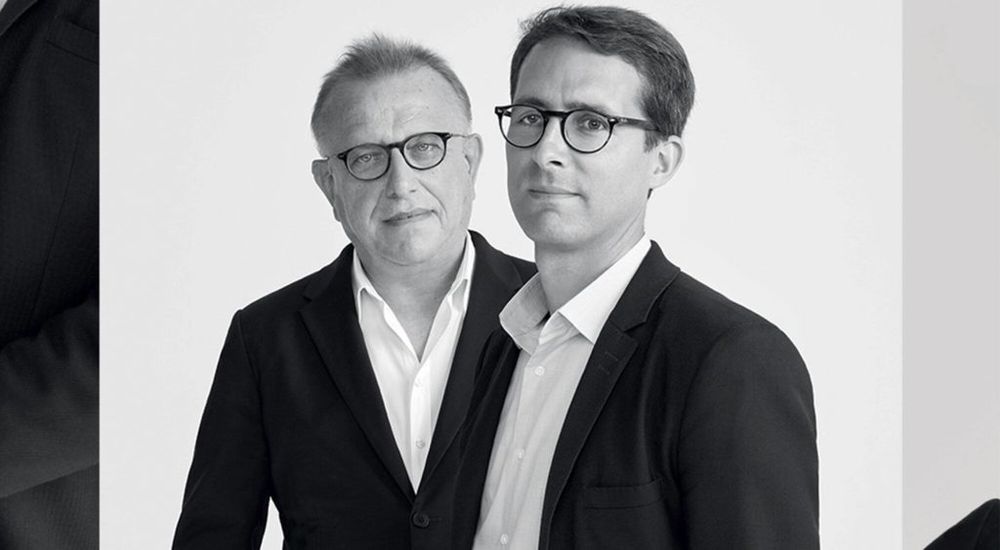
Vincent Chaperon (r) and Richard Geoffroy
Chaperon noted the “glorious phenolics of Pinot Noir but then also the acidity which is embedded inside the depth of the wine.” Chaperon also remembered tasting the still Chardonnay of the 2010 vintage with the two previous cellar masters at Dom Pérignon, Richard Geoffroy and Dominique Foulon who agreed that this was “certainly the best Chardonnay of the past 40 years.” Having been presented with less Pinot Noir than usual, the first blending sessions focused more on Chardonnay than Pinot Noir, Chaperon remembered: “We started with a higher level of Chardonnay, at the beginning we were at about 60% Chardonnay – it was good but honestly it was not a Dom Pérignon, so then tasting session after tasting session, we ended up with less Chardonnay. The final blend now is 54% Chardonnay and 46% Pinot Noir.
Chaperon also commented on the notable phenolic backbone which has become so much part of Dom Pérignon: “The phenolics have always been part of the Champagne expression but they have become more and more important in the past 20 years because the climate is changing, we are picking riper and riper grapes and are extracting higher and higher phenolic contents. For some of the vintages, like 2003, the biggest challenge was to balance the very high phenolic content, we tried to integrate it; in 2005 it was a very precisely defined phenolic construction, a little drier and firmer, an iron fist in a velvet glove. Here [in 2010] it is another story again and I love it particularly. It is not phenolics for itself, it is phenolics playing with acidity, playing with flesh, each of these three dimensions, acidity, phenolics and flesh are playing fully, giving this salivating refreshing finish.”
Chaperon closed by saying that launching a vintage like 2010 that not many houses have made was “even more exciting,” giving him “the opportunity to insist on the unique Dom Pérignon philosophy – our idea is to make it every year and we want to testify to the nature of every year, so we put all of our resources to making it.” I am sure that having a ready market for each vintage also has much to do with it. But what is in the bottle is a wonderful monument to a difficult, challenging year.
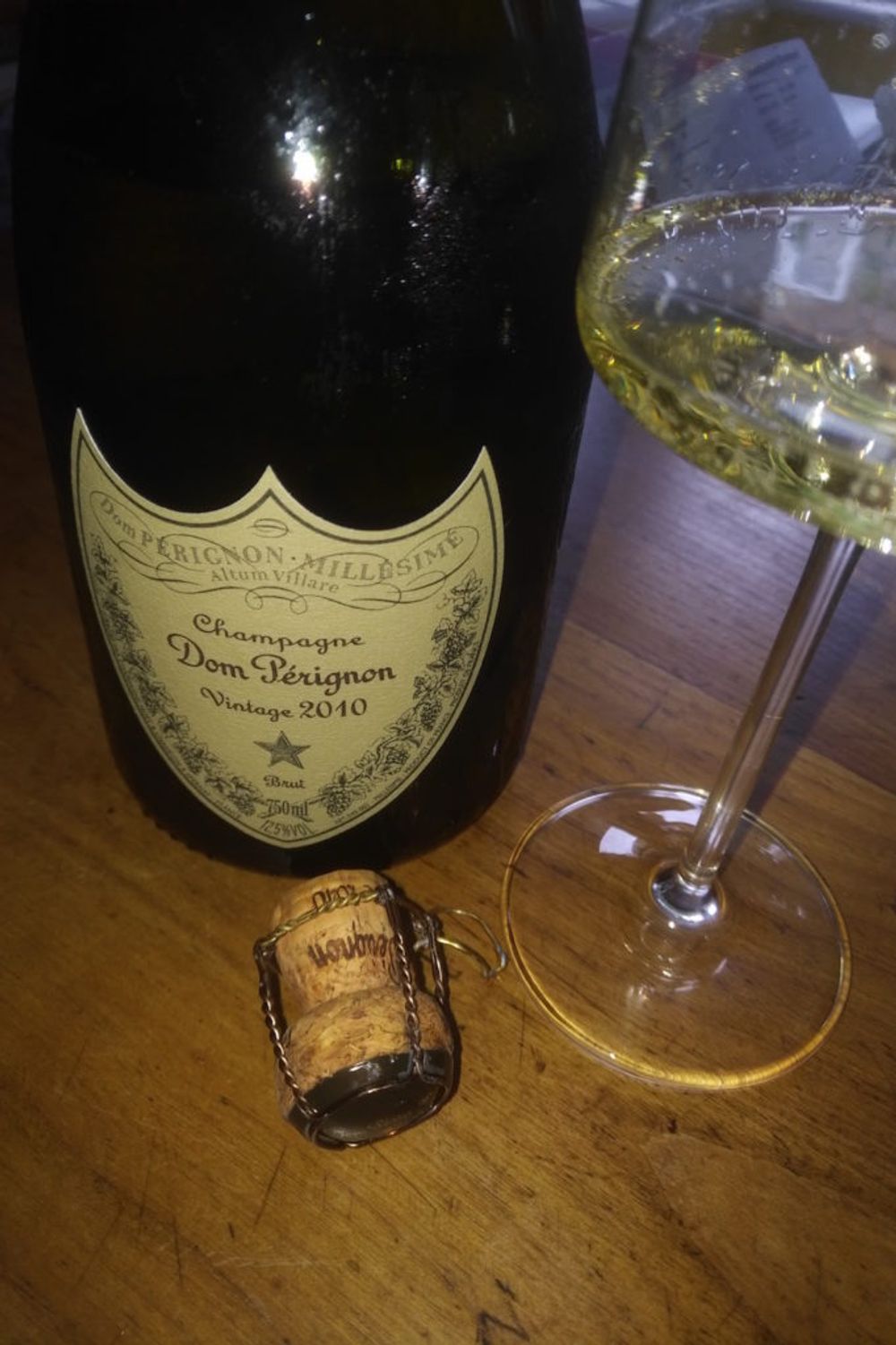
Dom Pérignon Vintage 2010, 54% Chardonnay, 46% Pinot Noir, disgorged February 2019 with a dosage of 5g/l
A first, strong whiff of bready autolysis softens into a subtler notion of lemon-infused rye crumb with its edge of pepper and sourdough. One moment the rye notion is stronger, the other it is the pervasive lemon zest that has the upper hand with bracing freshness. The palate is a rounded but compact mouthful: taut, bright, firm, assertive and strait-laced. Its concentration is focused around a dense core from which both gentle, rounded Mirabelle fruit and a fine, pithy line of bitterness emanate. This makes the mouth water but also lends contour, a stern but alluring undertow, a pleasantly firm grip. Just how concentrated and balanced this is becomes apparent on the bold, clean and utterly appetising finish. This is exciting and bracing now but has the stuffing to age incredibly well.
Pre-sale of the Dom Pérignon 2010 available from Clos 19 from 9th July – RRP £152.00.







